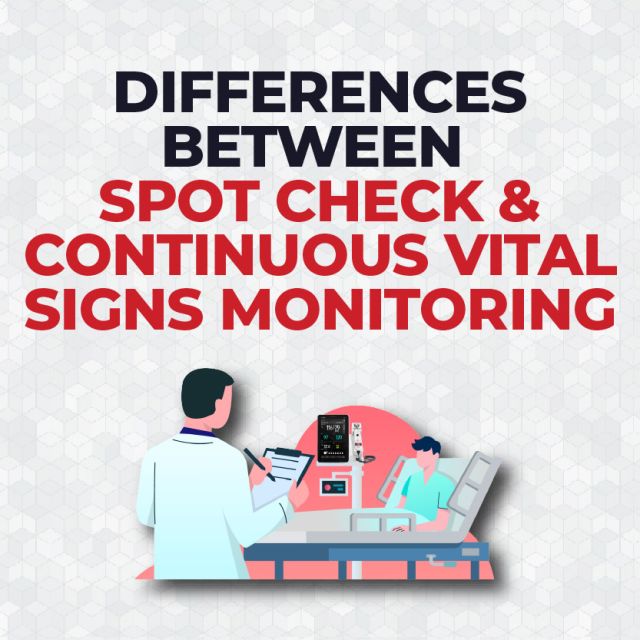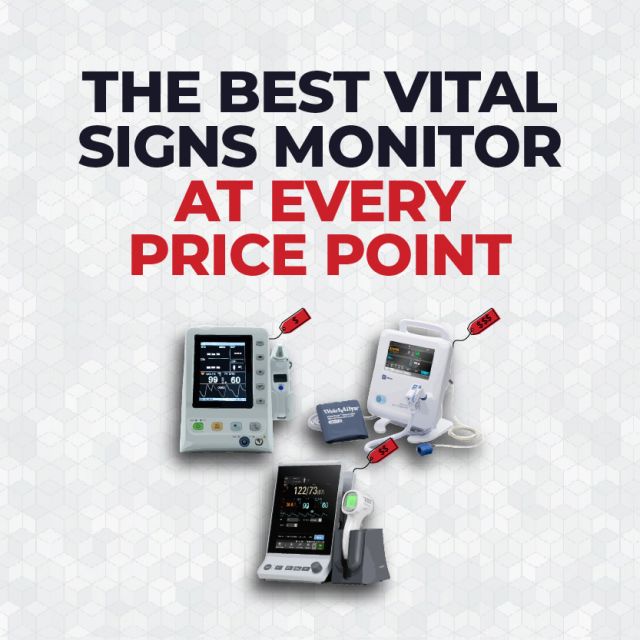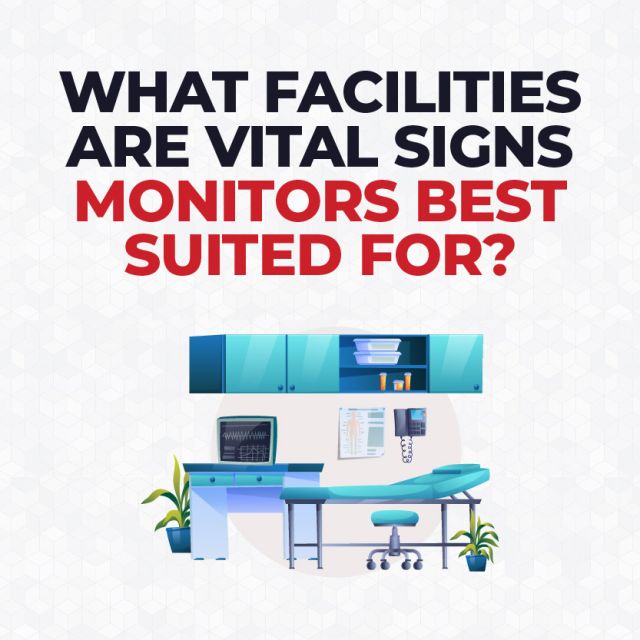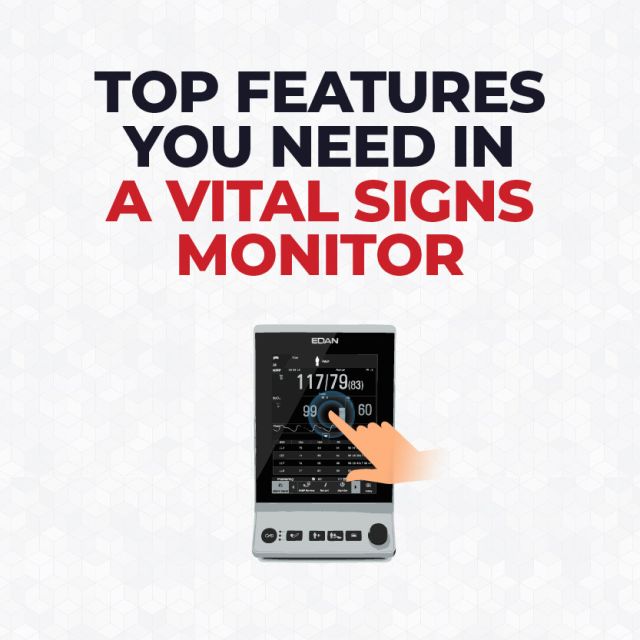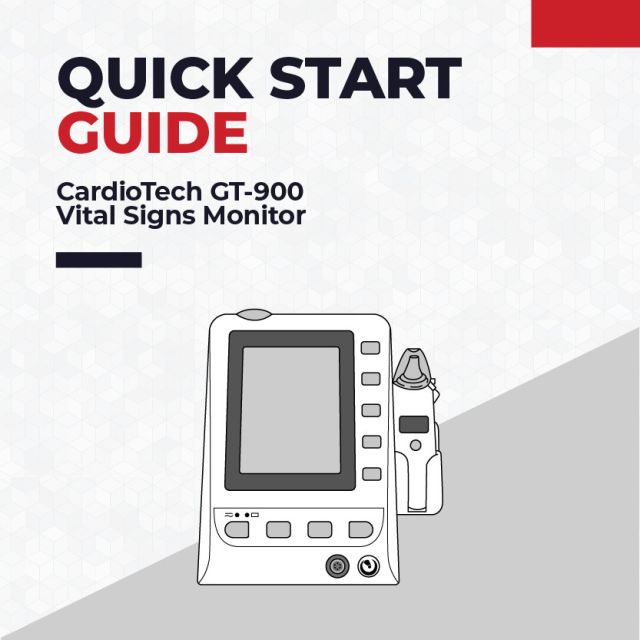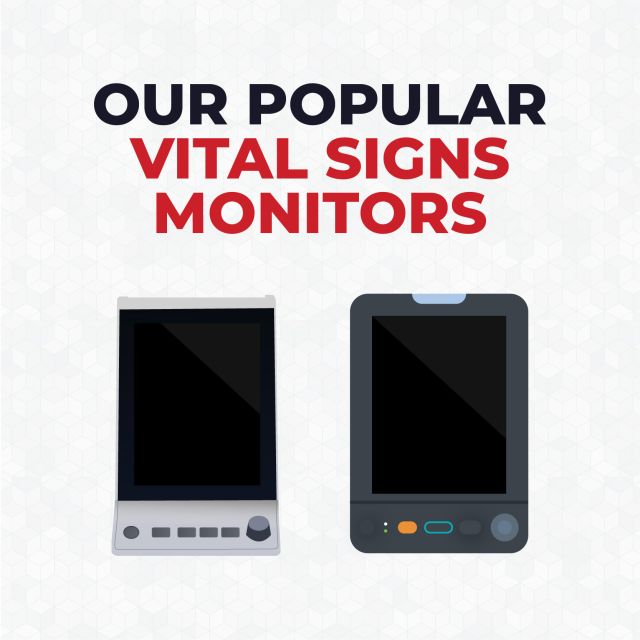Differences Between Spot Check and Continuous Vital Signs Monitoring

Introduction
When it comes to vital signs monitoring, the two primary methods are spot check monitoring and continuous monitoring. Understanding the differences between these monitoring approaches is crucial for selecting the right method based on a patient’s condition. In this article, we’ll explore the key differences between spot check and continuous vital signs monitoring.
Spot Check Monitoring vs. Continuous Monitoring
Spot Check Monitoring
Spot check monitoring is typically used to periodically check and record vital signs for stable patients who do not require constant observation.
Spot check vital signs monitoring is ideal for routine assessments and outpatient visits. Additionally, vital signs monitors with spot check monitoring are often portable and simple to operate.

Continuous Monitoring
Continuous monitoring provides real-time tracking of a patient’s vital signs over an extended period of time. This type of monitoring is essential for patients who are in critical care and undergoing/recovering from surgery.
Vital signs monitors with continuous monitoring automatically displays ongoing data, and are typically more advanced than portable spot check devices.

Differences between Spot Check and Continuous Vital Signs Monitoring

Closing
Both spot check and continuous vital signs monitoring play important roles in different clinical scenarios. By integrating both types of monitoring where appropriate, you can ensure comprehensive care for all types of patients. For our best vital signs monitors at every price point, click here.


